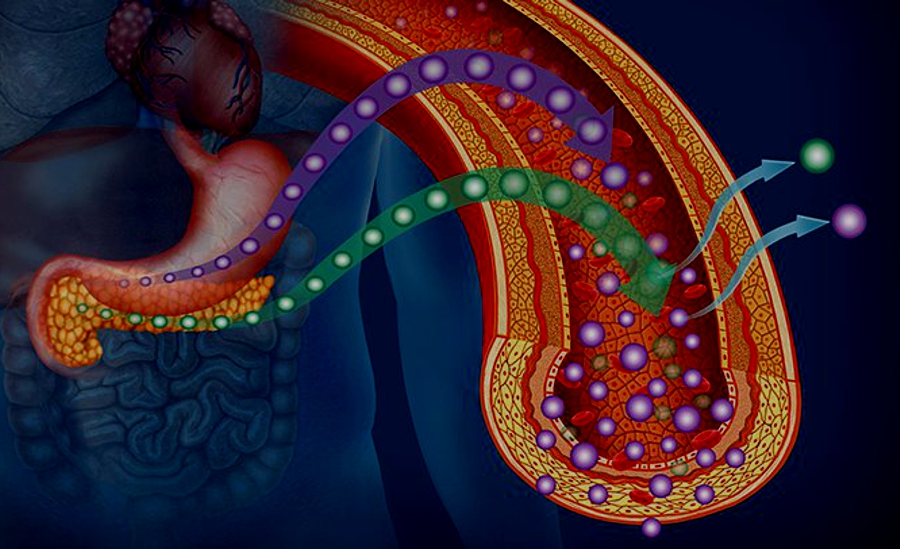DIABETES DRUG GROUP
c
Dopamine Agonists Bromocriptine,
Bromergocryptine
Dopamine
is a neurotransmitter regulating movement, cognition, memory,
learning, sleep, and food intake. Dopamine inhibits the synthesis and
secretion of hormone Prolactin from the pituitary gland affecting cardio-vascular,
kidney, pancreas, and gastrointestinal system. Dopamine such as Bromocriptine also used for Parkinson, Dystonia, Dyskinesia, infertility, sex drive, etc. Regulating Dopamine could expose patients to irreversible nerve conditions from insomina, delirium, depression, infertility and cancer. The manipulation of such hormone in the brain is reckless because it creates pathogenic conditions harder to treat than diabetes itself. In contrast, the goal and mechanism of our phytomedicine is simple: To target the pathogen - Glucose - while supporting and rebuilding other body functions and internal organs instead of addting more damages.
https://www.ncbi.nlm.nih.gov/pmc/articles/PMC3152192/ https://www.ncbi.nlm.nih.gov/books/NBK551686/ https://n.neurology.org/content/lewy-body-disease-and-suicidality-after-dopamine-agonist-withdrawal
 Support our cause
Support our cause


